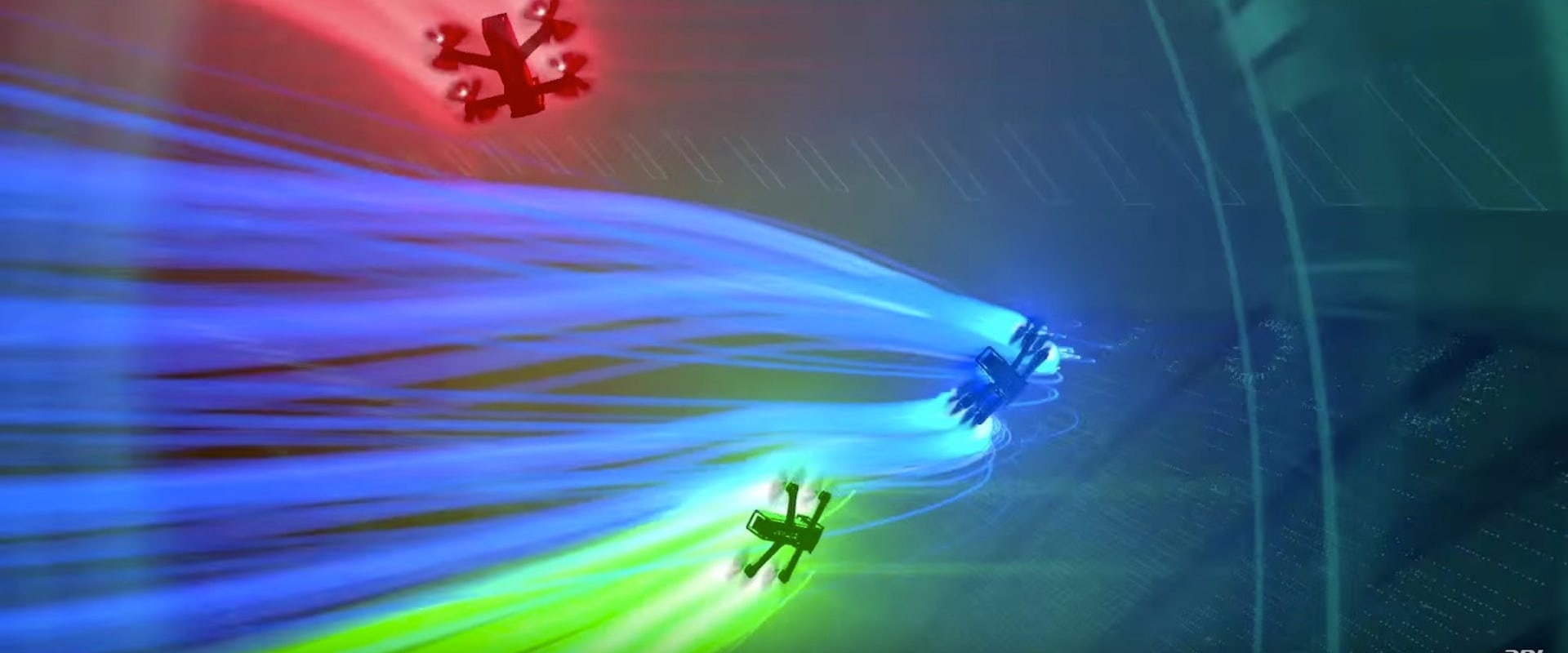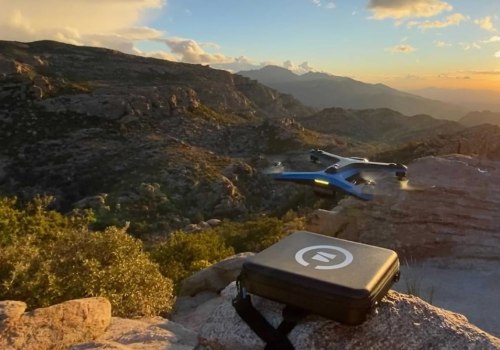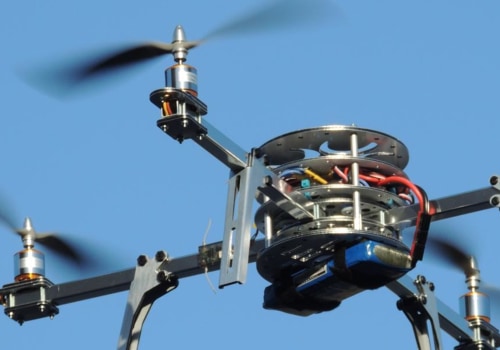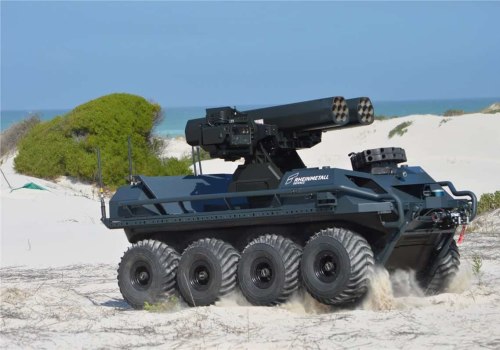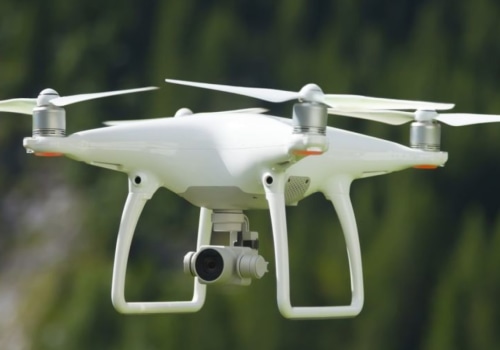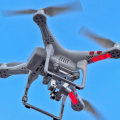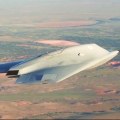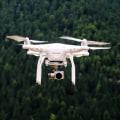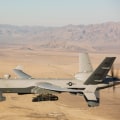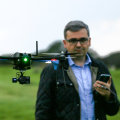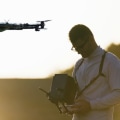Drone racing has quickly become one of the most popular sports around the world. It combines the thrill of high speed and the challenge of navigating an obstacle course with skill and precision. As the popularity of drone racing continues to grow, so does the need for custom-designed courses that are both exciting and challenging. In this article, we'll provide a comprehensive overview of drone racing course design, outlining the different elements that make up a successful course.
From selecting the right terrain to setting up obstacles and incorporating safety features, we'll explore the various aspects of drone racing course design that can help ensure an unforgettable experience for racers. We'll also offer tips on how to create a course that offers a good balance between fun and safety.
Drone Racing Course Design
is an essential component of the sport. It is important to understand the rules and regulations, as well as the best practices for creating a course that will challenge racers and provide an enjoyable experience. There are several types of courses available, each with its own unique set of components.There are also various rules and regulations that must be adhered to when designing a course. The most common type of course for drone racing is a closed-circuit course. These are designed to be relatively small, with tight turns and obstacles that make it difficult to navigate. Closed-circuit courses also tend to have fewer hazards than open-field courses, making them safer. Another type of course is an open-field course, which is typically larger and has a more varied terrain.
Open-field courses offer more challenging turns and obstacles, but they also present more potential hazards. When designing a drone racing course, there are several components to consider. The most important aspect is safety, as the course should be designed with safety in mind. This includes avoiding potential hazards such as trees, power lines, or other obstacles that could cause a crash. The course should also be designed with enough space for racers to maneuver safely without running into each other.
Additionally, the course should be designed with enough length to allow for a good race. In addition to safety considerations, there are also certain rules and regulations that must be followed when designing a drone racing course. For example, some countries and states require that drone racing courses be registered with the local aviation authority. Additionally, some jurisdictions require that courses meet specific criteria regarding size and design before they can be used for racing. When designing a drone racing course, it is important to consider the types of obstacles that will be present on the track. A variety of obstacles can be used to create interesting and challenging courses, including gates, jumps, and other features.
It is also important to consider the type of surface that will be used, such as asphalt or dirt. Different surfaces require different types of drones, so it is important to research which type of drone would work best for the surface. Finally, it is important to think about the lighting on the course. Proper lighting can help racers navigate the track more easily and can also help create an exciting atmosphere. It is also important to consider any noise restrictions that may be in place in the area, as drones can be quite loud. In conclusion, designing a drone racing course requires careful consideration of safety requirements, rules and regulations, and features that will make for an enjoyable experience for all involved.
With some planning and research, it is possible to create an engaging and thrilling course that will challenge even experienced racers.
Rules and Regulations
When designing a drone racing course, there are a few rules and regulations that must be followed to ensure the safety of everyone involved. It is important to understand the local laws and regulations when constructing your course. Depending on where you are, different safety protocols may be required. Additionally, it is important to keep in mind size restrictions, as well as other applicable laws. In addition to local laws, many drone racing organizations have their own specific rules and regulations that must be followed.It is important to familiarize yourself with the rules of each organization before you begin designing your course. Some common regulations include minimum altitude requirements, maximum speed limits, and maximum course length. When it comes to safety regulations, it is important to consider the safety of both pilots and spectators. For example, courses should be designed with safety barriers in place in order to prevent drones from crashing into spectators. Additionally, it is important to ensure that drones do not fly too high or too fast in order to avoid potential collisions with aircrafts. Finally, it is important to consider the size of the course when designing a drone racing course.
Generally, most courses are between 100 and 200 meters long. This allows for an adequate amount of space for pilots to maneuver and compete while still keeping the course within a manageable size.
Types of Courses
When it comes to drone racing, there are three main types of courses to choose from: outdoor courses, indoor courses, and simulated courses. Each type has its own advantages and disadvantages, and understanding the differences between them is key to creating an effective course.Outdoor Courses
Outdoor courses are the most common type of drone racing course.These courses are often set up in open spaces such as parks or fields, and can include a variety of obstacles such as trees, tall grass, or water. The advantage of outdoor courses is that they can be customized to fit any skill level or racing style. Additionally, these courses typically have fewer regulations than indoor or simulated courses.
Indoor Courses
Indoor courses are typically set up in large warehouses or other enclosed spaces.These courses are great for events where weather isn’t a factor, or for races that require more control over the environment. Indoor courses often have more regulations than outdoor courses, as they must adhere to safety standards such as fire codes and noise limits.
Simulated Courses
Simulated courses are digital versions of real-world drone racing tracks. These courses can be created using software such as Drone Racing League Simulator (DRL Sim).The advantage of simulated courses is that they allow racers to practice their skills without having to worry about environmental factors such as wind or inclement weather. Additionally, they can be a great way to hone one’s skills before heading out to an actual race. No matter which type of course you choose, there are certain regulations and safety guidelines that must be followed. It’s important to familiarize yourself with these rules before designing or participating in a race.
Course Components
When it comes to drone racing course design, it's important to understand the components that make up a course.There are a variety of items used in drone racing courses, each of which provides a unique challenge for racers. Common components of drone racing courses include gates, flags, buoys, and more. Gates are one of the most common components of a drone racing course. Gates are usually set up in an arch shape with a minimum height of 1 meter and a maximum height of 2 meters. The purpose of the gate is to provide racers with an obstacle that they must maneuver through in order to complete the course.
Gates can be made out of PVC pipe, netting, or other materials. Flags are another common component of drone racing courses. Flags provide visual markers for racers to follow throughout the course. Flags can be made out of fabric or plastic, and they must be placed at least 1 meter apart from each other. Racers must navigate the flags in order to complete the course. Buoys are also a common component of drone racing courses.
Buoys are typically used to create a boundary for the course, so that racers do not fly outside of the designated area. Buoys come in a variety of sizes and can be made out of foam or plastic. Other components that may be used in drone racing courses include LED lights, reflective tape, and power strips. LED lights are often used to provide additional visibility for racers, while reflective tape and power strips can be used to create additional obstacles for racers to navigate. It's important to understand how each component of a drone racing course can affect the race. Some components may require more maneuverability than others, while some may require more speed.
Understanding how each component works and how it affects the race can help racers make informed decisions on their strategy.
Tips and Tricks
When it comes to designing an effective drone racing course, there are several tips and tricks you should keep in mind. The first is to carefully consider the location where the race will take place. Factors such as wind direction, visibility, and terrain can all affect the success of a drone race. It's also important to ensure that the course is challenging enough to provide an exciting experience for racers without being overly dangerous.When it comes to obstacles, think outside the box. Incorporating interesting elements such as tunnels, ramps, and gates can add an extra level of excitement to a race. However, safety should always be the number one priority – be sure to avoid obstacles that could create a hazard for racers or spectators. It's also important to think about how the course will be laid out.
A well-designed track should provide interesting twists and turns that will test the skills of racers, while avoiding elements that could cause a crash or slow down the race. The layout should also be tailored to the type of drone being used – some drones require wider turns than others. Finally, don't forget to consider the rules and regulations associated with drone racing. Every country has its own set of rules that must be followed in order to ensure safety and fairness.
Be sure to consult with local authorities if you are unsure of any specific regulations. In conclusion, designing a successful drone racing course is essential for any racer who wants to take their skills to the next level. Understanding the different types of courses, components of a course, rules and regulations, and helpful tips can help racers create an exciting and challenging course that provides a safe and enjoyable experience for all. With the right knowledge and preparation, drone racers can create a course that is sure to be a hit with everyone involved.
